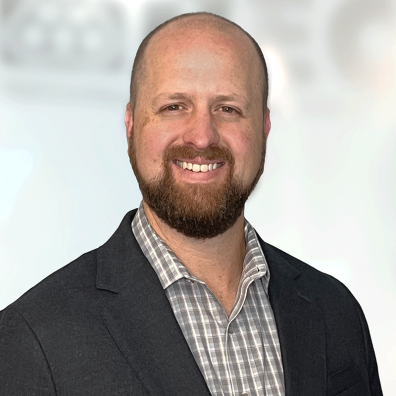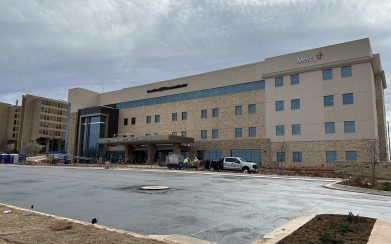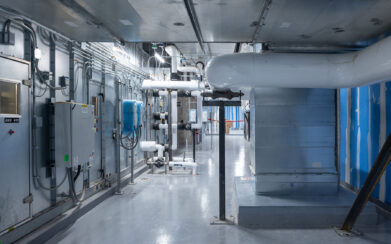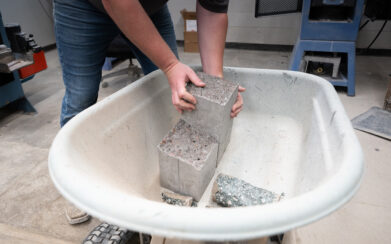Insights
2025 ASHE PDC Summit Takeaways
The 2025 ASHE PDC Summit brought together hundreds of health facility planning, design, and construction professionals. Two of the prominent themes at this year’s summit addressed the increasing need for mental and behavioral healthcare and implementation of technology to improve healthcare. Here are some takeaways to consider.
1. We can improve emergency departments waiting areas by focusing on functionality and patient experience. This could include refining the feel of the waiting room with better ambience conducive to a calm and healing atmosphere with more comfortable seating, natural lighting and visibility to nature, activities/distractions for kids, better crowd management and wayfinding, and improved privacy.
On a higher level, there are several research methods used to analyze and make more informed decisions in hospital layout and functionality.
- Use behavior mapping to observe the normal flow of people and trends.
- Shadowing by following individual patient’s paths through visit, time and distance.
- Take a Gemba Walk through the space by shadowing groups, looking at processes, and noting employee interactions.
- Surveys staff and patients on their experiences.
- Utilize Space Syntax; this is software models that analyze different special configurations to map interactions and people flow.
2. There is a sharp increase in the need for mental and behavioral health in free-standing emergency departments which is currently being underserved for counseling and therapy. To reduce stress on emergency departments, efforts are being made to have separate mental and behavioral health facilities. This provides benefits to both types of patients.
- Quicker response and more catered treatment for patients.
- More secure environment, less transfers, and streamlined admissions.
- SBIRT Model – Screening, Brief Intervention, Referral, and Treatment
- Decreased length of stay
- Improved and focused community partnerships/support for more focused emergency departments
3. Medical and Psychiatric Dual-Purpose Units provide care for mental health and non-mental health inpatient needs. By revising the facility layout to highlight the hospital’s features and separating the more specialized treatments, facilities are able to serve patients more efficiently.
- Initial screenings are improved and quicker.
- Workplace violence in the emergency department is reduced.
- Efficiencies are maximized in emergency departments with shared and non-shared behavioral and mental health areas.
- Layout studies were used to improve patient and staff flow while minimizing unnecessary crossover traffic.
4. There are artificial intelligence (AI) impacts on future hospital building automation systems. By modeling a portion or all of the building and the mechanical, electrical, and plumbing (MEP) systems serving it, AI allows the owner to pull critical information on the potential impacts of building performance by running it through a multitude of different scenarios.
- Calculate the return on investment (ROI) on replacing/upgrading MEP systems.
- Research patterns of current building performance and troubleshooting.
- Run hypothetical scenarios to see how the building responds including equipment failures.
- Test different theoretical setups to improve current buildings’ performance before the work is performed.
- Find building performance anomalies earlier than manual recognition including proactive inventory management based on hospital usage.
- For the facility to get quality information out of the AI system, first there needs to be quality data input. This is where the human factor is critical.
- Evaluation of the data infrastructure needs to be vetted by humans that use judgment to qualify the data.
- AI has logic but doesn’t have understanding. If/Then statements don’t provide meaning. Interpretation is still up to the people.
- There will continue to be a need to pair AI with your team’s and facility’s capabilities.
- Many facilities are nervous about AI implementation. The key is to start with a small project or system with one facility and grow it from there.
As always, the PEC team of healthcare facility experts is prepared and ready to tackle today’s challenges and shape the future of the industry.















